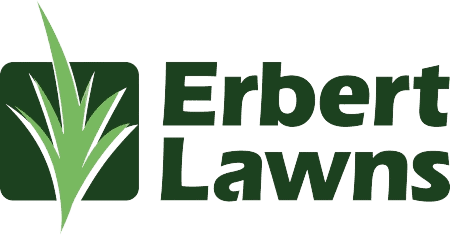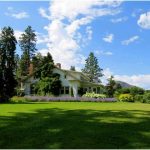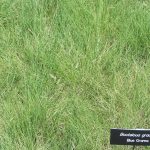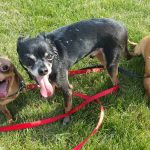An ideal lawn in the Mile High City is composed entirely of Kentucky BlueGrass. This type of grass is plush and green, looks good and feels good on your toes. Broadleaf weeds are non-desirable plants that thrive in the same environment that your lawn does, but they are rough, tough and unsightly.
Common types of broadleaf weeds:
Bull Thistle –
This broadleaf weed is one of the most undesirable, often called a “prickly weed.” This weed grows vertically and once fully matured can stand up to 7ft tall. It grows rapidly during late spring through early summer and typically flowers by July. The flowers are purple and sit above sharp spines. Although non-toxic, it is best to get this weed under control long before it reaches maximum height and flowers. The leaves alternate and are coarsely lobed. They are covered in little spines all over making this weed hard to pull by hand without protection. The longer its left to grow, the harder it is to control as the leaves and stem are waxy and any treatments applied over the leaves do little to deter the plant.
Weed control applications must be applied at the base so the deep taproot can absorb the herbicide. When you have bull thistle that has grown out of control, it is best to use a weed wacker to cut it down and then apply the weed control. After the rest of the weed dies it will remain in place and should be pulled.
Chickweed –
This broadleaf weed appears as a cluster of small egg shaped leaves. Depending on the time of year there may also be small white flowers amongst the leaves. If left to its own devices it can grow upwards of 12 inches tall. Luckily, this weed is not like the Bull Thistle. It has shallow roots that sit just under the surface of the soil. Hand pulling or weed control applied regularly throughout the growing season will keep Chickweed in check.
Dandelion –
This broadleaf weed is probably the easiest to identify for an inexperienced lawn lover. The leaves lie relatively flat to the ground and a yellow flower grows atop a hollow stem filled with milky sap. After the flower has fully matured it turns into a head of seeds with a cotton like appearance. When the wind blows these seeds are blown around and find a new lawn to live.
Despite its unsightly appearance, dandelions are considered to be a superfood and are raved about in the holistic health community. If you have a neighbor who lives a crunchy lifestyle, ask them to pick the dandelions in your lawn. If you don’t have such a neighbor, then Erbert Lawns can treat them for you as needed throughout the growing season. Rather than having a specific month in which they flower, dandelions continuously go through their life cycle approximately every fifteen days throughout the spring and summer.
Purslane –
This broadleaf weed is another one with medicinal properties that you may be able to pawn off on a natural minded neighbor. It is also commonly sold to be grown and fed to chickens. This weed is not beloved by true lawn enthusiasts though. The leaves on this one are teardrop shaped and it will grow small yellow flowers. It grows by sprawling out on top of your lawn. This weed is not one that hand pulling will remove. Even if you miss just one root or stem it will come back in full force spreading its abundant amount of tiny black seeds all over. The best method of controlling this broadleaf weed is with an herbicide weed treatment.
Bindweed –
This broadleaf weed is highly invasive to lawns and gardens everywhere. It has trumpet shaped white flowers. Once Bindweed decides to live in your lawn it will not leave unless dealt with. Most broadleaf weeds are annual and die out once the cold weather hits. This weed however is perennial, just like your grass. If you end the growing season with Bindweed, you’ll start your next one with it and every one after that. It gets its name because it will wrap or “bind” itself to any structure it comes into contact with. Over time the roots can grow up to nine feet in the soil so it’s imperative to deal with it before it becomes a problem. RoundUp or other non-selective herbicides are the only way to remove this weed and it is most beneficial to apply the treatment when the weed is flowering.
Here is a website to identify other types of common broadleaf weeds in your lawn.
https://www.preen.com/weeds/co
Being able to identify the different types of broadleaf weed in your lawn is the first step in controlling them since each weed has its own individual properties. Once treatment and removal of the weeds is done, amping up the overall health of your lawn is the real secret to keeping out invaders. Call Erbert Lawns today to set up a lawn care program today. We come out on a regular basis throughout the year to aid in maintaining optimal health in your lawn so it stays lush and green for you!










